On the harsh, windy land, where white sand dunes and Lao winds used to be, challenges have now turned into “strategic assets”. A series of articles by VNA will take readers to each construction site, each decision, each person who is turning energy aspirations into reality, opening a new, sustainable and promising development chapter for Quang Tri .
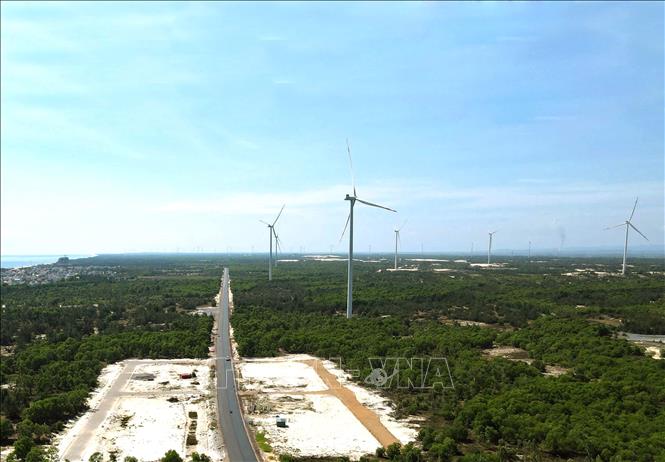
Lesson 1: Sun and wind turn into opportunity
Quang Tri has been associated with sun and wind for generations. On the coastal sand dunes, people used to struggle to keep each grain of rice and row of potatoes from the scorching Lao wind. On Truong Son, the wind blew fiercely, the land cracked dry, the grass burned yellow. Harsh, scorching, endless - that used to be the "specialty" of this land. But today, that very harshness has become a "green gold mine". Quang Tri has "turned the page", turning the sun, wind and sea into development resources, taking political determination as a fulcrum and the aspiration to rise as a driving force.
From disadvantage to resource
Once a harsh land with harsh sunlight and hot Lao wind, Quang Tri is now rising strongly on the journey to build a clean energy center. In Huong Hoa, hundreds of wind turbines stand tall in the sky, the rotating blades creating green electricity for the national grid. In Gio Linh and Le Thuy, tens of thousands of solar panels stretch out like a sea of mirrors, turning the harsh sunlight into electricity for development. Sun and wind are no longer challenges, but have become new resources and driving forces for Quang Tri's breakthrough. From disadvantages to advantages, from harshness to resources, Quang Tri is building high-rise clean energy projects, paving the way for a green future in a land that has been full of pain but also full of aspirations.
According to the Department of Industry and Trade of Quang Tri, by September 2025, the province had 37 renewable energy projects in commercial operation with a total capacity of 1,490 MW. Of these, there are 22 wind power projects reaching 1,342 MW; 11 hydropower projects 181.5 MW; 4 ground-mounted solar power projects 159.2 MW; more than 1,024 rooftop solar power systems 126.7 MW. In the Power Plan VIII, by 2030, Quang Tri can develop nearly 13,000 MW and in the 2031-2035 period, add nearly 3,900 MW - a leap in capacity, turning potential into practical strength.
Mr. Ho Van Binh, an old farmer in Khe Sanh commune, looked at the giant wind turbines and smiled toothlessly: “In the past, the wind only made my face sore and my fields dry. Now the wind and the sun have turned into money and electricity. Who would have thought!” Where there used to be only rocks and cogon grass, now there are bustling vehicles and workers wearing reflective vests going back and forth. The mountain village now hears the sound of drilling machines, steel, and wind blending into a new melody of the energy land.
Mr. Ho Xuan Hoe, Director of the Department of Industry and Trade of Quang Tri affirmed: Quang Tri has ideal natural factors: strong winds all year round, high solar radiation, large land fund. It is also located in the center of the Central region, the gateway to the East - West corridor. This is an advantage to attract investment, making Quang Tri the clean energy center of the region.
Not only is Quang Tri blessed with natural resources, it also has a rare strategic location: the East borders the East Sea, the West connects to Laos via Lao Bao - Densavan, a bustling border gate on the East-West Economic Corridor. Electricity from Quang Tri not only serves the Central region but can also be connected to the grid in Laos and Thailand, opening up the possibility of becoming a regional energy center.
Great construction site of aspiration
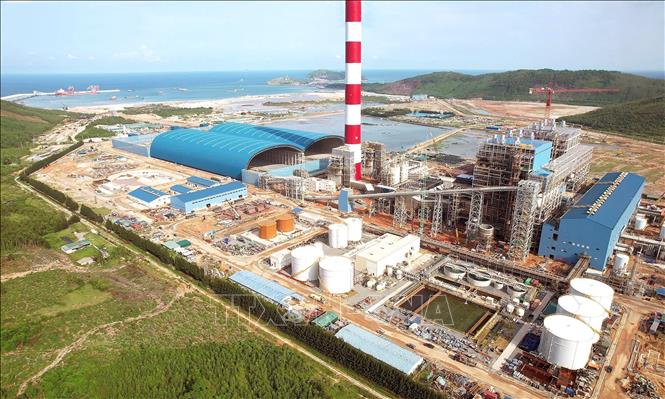
That advantage has attracted a series of energy giants: T&T, EVN, Vingroup, and international corporations such as Hanwha - HEC, KOGAS, and KOSPO. Recently, Vingroup proposed a wind power project near the coast of Quang Tri with an investment capital of nearly 3.9 billion USD and a capacity of 3,000 MW - one of the largest wind power projects in the Central region. Investors shared that they chose Quang Tri not only because of its wind and sun potential, but also because of the province's strong development aspirations and the government's determination to create maximum conditions.
Looking from the East Sea towards Hon La Economic Zone, Quang Trach Power Center appears like a bustling construction site. Thousands of workers, their shirts drenched in sweat, their helmets shining under the sun. The sounds of machinery, the sound of steel hitting, and the rhythmic shouts combine to create a vibrant industrial music. Quang Trach Thermal Power Plant I, with a capacity of more than 1,400 MW, has reached 96% progress and is expected to connect to the grid by the end of this year. Mr. Tran Cong Toan, Deputy Head of the Technical - Safety Department of Power Project Management Board 2, said: Thousands of engineers and workers work in 3 shifts, 4 shifts continuously, regardless of the weather. At night, the construction site is still as bright as day.
Not far away, the Quang Trach II LNG Plant (1,500 MW, capital of more than VND 52,490 billion) is expected to start construction at the end of 2025. Unit 1 is expected to generate electricity in the fourth quarter of 2028, Unit 2 in the first quarter of 2029, providing about 9 billion kWh per year to the national power system. In parallel, the Quang Trach III LNG Plant (1,500 MW) has also been planned, promising to turn this area into the largest LNG cluster in the Central region.
In the south of Quang Tri, the Hai Lang LNG Power Plant Phase 1 (1,500 MW, capital of more than 2 billion USD) is clearing the land, reaching 95% of the area. On the fields that were once abandoned, there are now white markers erected, and asphalt roads are straight. The specialized LNG port in My Thuy has been approved by the Ministry of Construction, ready to receive ships carrying 170,000 m³ of LNG from 2028.
West of Truong Son, Huong Hoa has become a “promised land” for wind power. Quang Tri has approved 31 projects with a total capacity of nearly 1,500 MW, of which 22 projects have been put into commercial operation, reaching more than 1,000 MW. In addition to onshore wind power projects, the province also possesses huge potential for offshore wind power, opening up sustainable development opportunities for the Central region’s energy center.
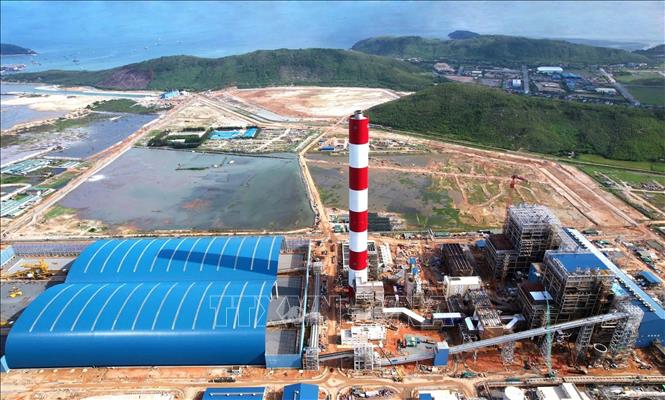
Clean energy changes life
The story of Quang Tri energy is not only about numbers, but also about changes in people's lives. In the middle of Huong Phung village, concrete roads are opened, trucks carrying turbines run straight into the village. Mr. Ho Van Vinh smiles with his red betel teeth: "Every day we think that wind and sun will bring us food and clothes. Now we have more jobs, our children go to vocational school, and after graduating, they become managers and technicians. We are very happy!"
According to the People's Committee of Quang Tri province, wind power projects contribute hundreds of billions of VND to the budget each year, creating thousands of direct and indirect jobs. The infrastructure of the mountainous region has changed significantly: roads that were originally opened only for construction purposes have now become residential roads. Students go to school faster, and agricultural products are transported to the market more conveniently. The rotation of wind turbines and light from solar panels not only provide electricity, but also ignite faith in the future. People in the highlands have new jobs, children have the opportunity to study, and young people can work in their hometowns instead of going abroad to make a living.
In the draft documents of the 1st Quang Tri Provincial Party Congress (term 2025-2030), clean energy was selected as one of the four key economic pillars. Chairman of the Provincial People's Committee Tran Phong emphasized: "In the coming term, Quang Tri will develop in a green, sustainable, comprehensive, and integrated direction, with four pillars: energy - logistics - tourism - green agriculture. We want to turn Quang Tri into a clean energy center of the Central region, a bright spot in the national energy transition".
On the Truong Son mountain range, wind turbines still rotate regularly. On the plains, the light from solar panels shimmers on the fields. The once harsh sun and wind have now become “green gold mines”, lighting up a new future for this resilient and aspirational land.
Lesson 2: Untangling the Knot
Source: https://baotintuc.vn/kinh-te/trung-tam-nang-luong-sach-mien-trung-bai-1-nang-gio-hoa-co-hoi-20251003142933766.htm





![[Photo] Prime Minister Pham Minh Chinh chairs meeting to deploy overcoming consequences of storm No. 10](https://vphoto.vietnam.vn/thumb/1200x675/vietnam/resource/IMAGE/2025/10/3/544f420dcc844463898fcbef46247d16)

![[Photo] Students of Binh Minh Primary School enjoy the full moon festival, receiving the joys of childhood](https://vphoto.vietnam.vn/thumb/1200x675/vietnam/resource/IMAGE/2025/10/3/8cf8abef22fe4471be400a818912cb85)
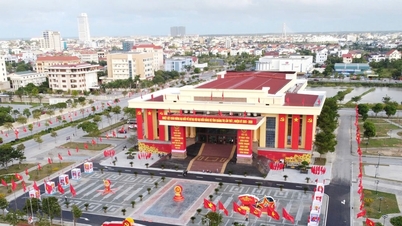

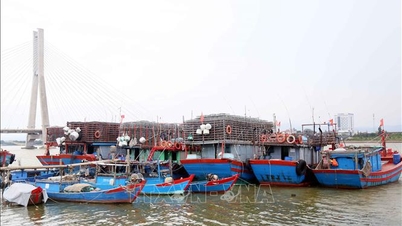


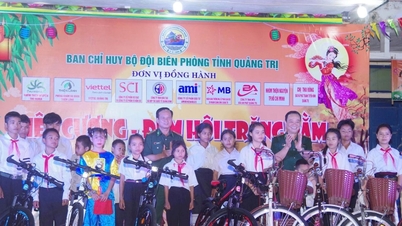


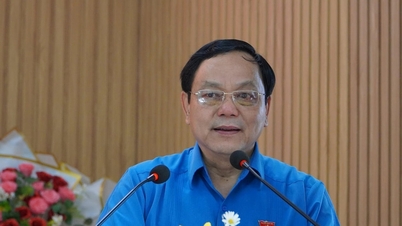
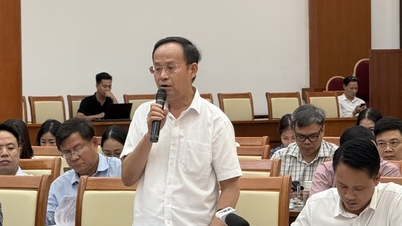




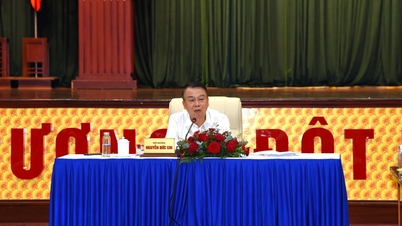
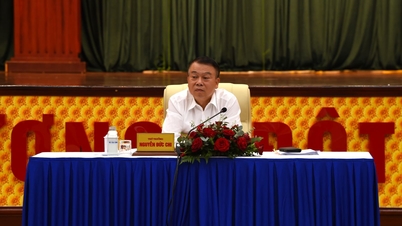




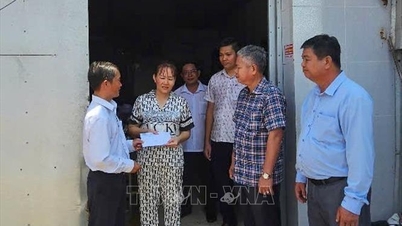
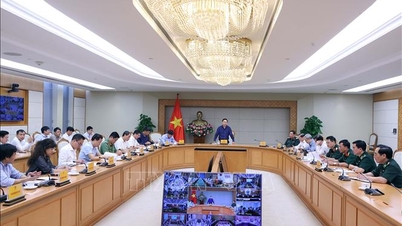

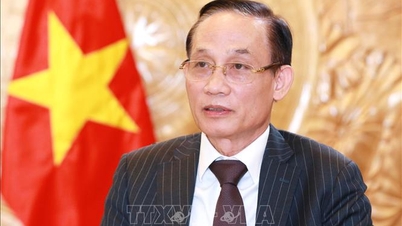
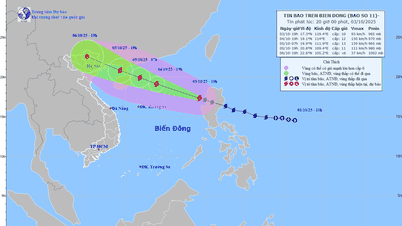
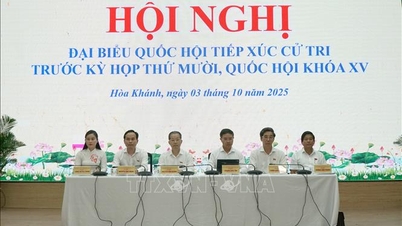
















































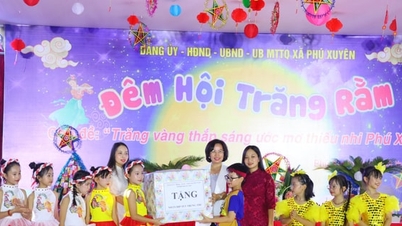

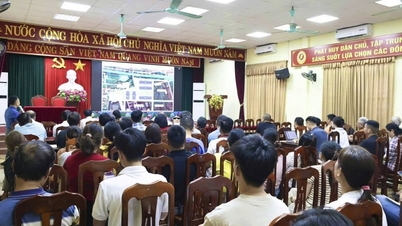

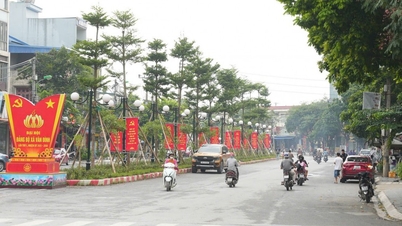
















Comment (0)